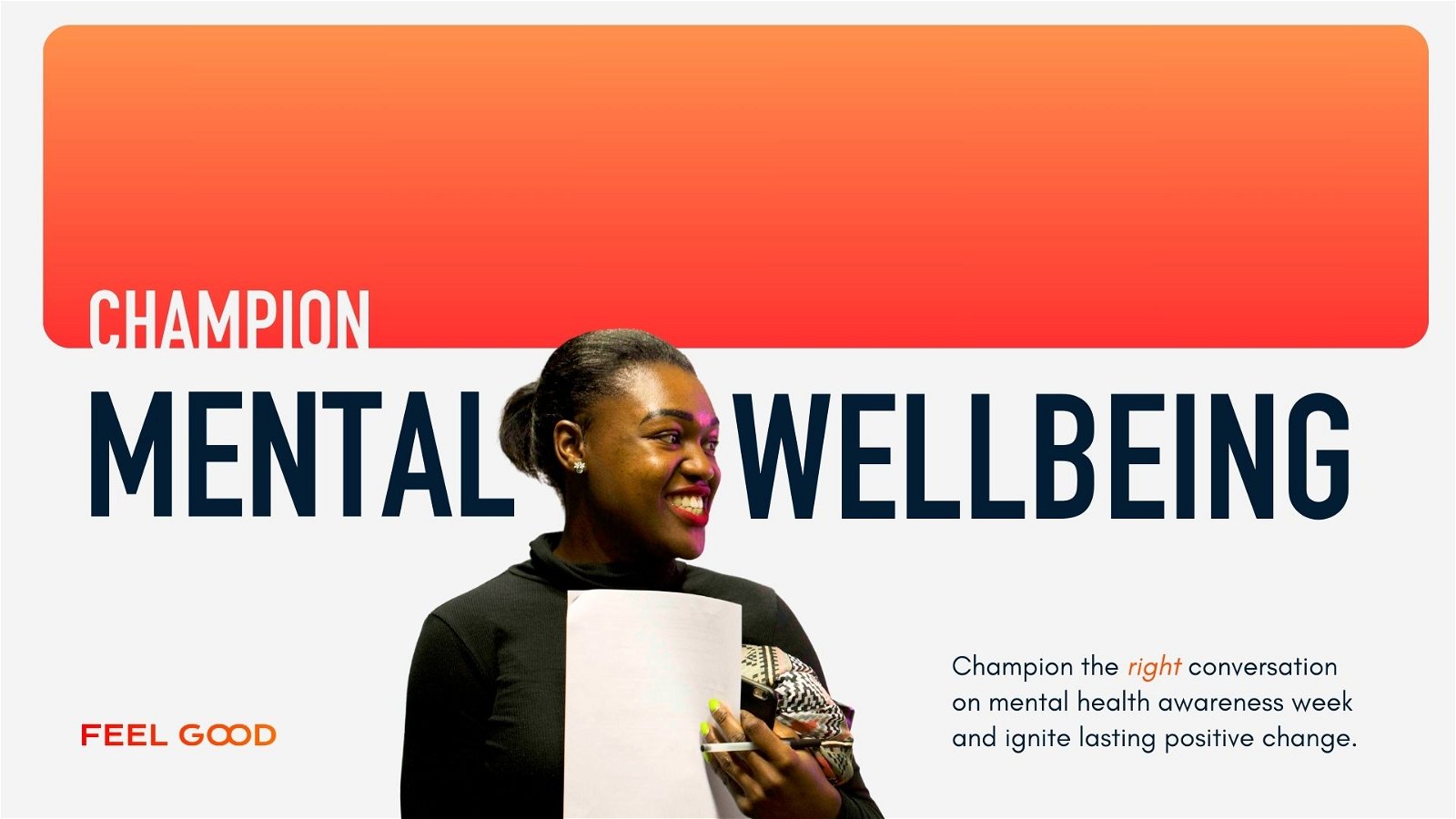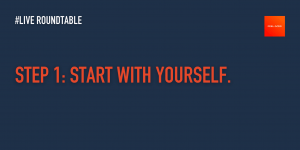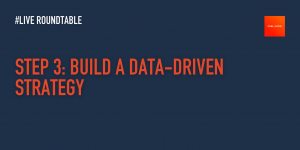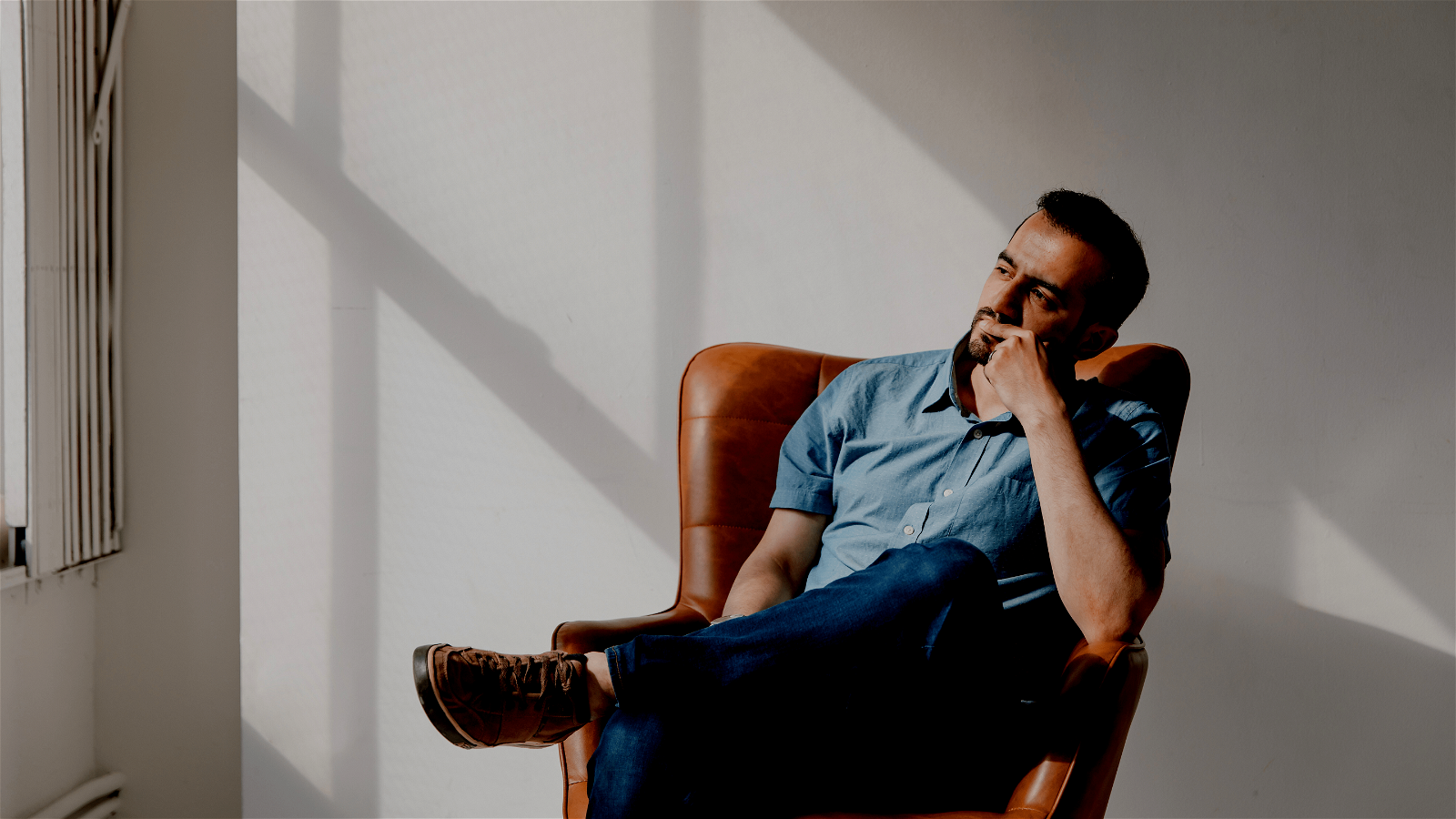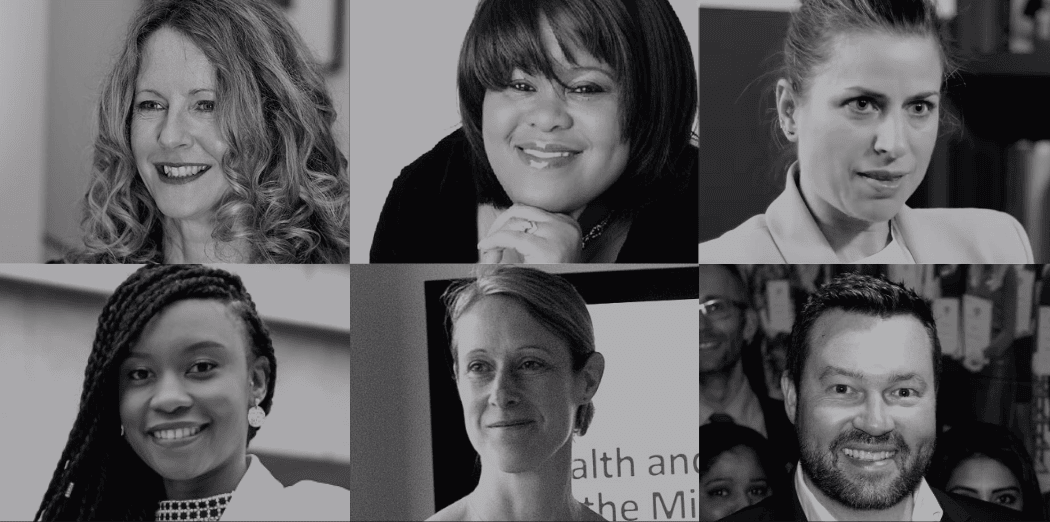Posted on: February 24, 2022
How To Build Your Gold Standard Wellbeing Programme
The evidence is clear: mental health concerns have a massive impact on organisations. Whether through attrition, reduced productivity, or sickness, we can see t...
By Ella Verrells

The evidence is clear: mental health concerns have a massive impact on organisations. Whether through attrition, reduced productivity, or sickness, we can see that it’s an area we need to prioritise. 20% of CAMH Canada survey respondents have voluntarily left a job for mental health-related reasons, but that proportion jumps to 50% among millennial respondents and a staggering 75% among Gen Z employees.
Another thing is becoming clear: most organisations are struggling to best support their people’s mental health. According to UK data taken from insurance firm AXA’s annual Mind Health and Wellbeing study, only 40% of individuals said their employer-provided “good” support, with managers in particular at the highest risk of poor mental health (one in four).
Often, due to valid reasons such as time pressure, the need for immediate results, low budgets, or conflicting priorities, we go ahead with intuitive wellbeing programmes, rather than strategic ones. This means that we only address the symptoms displayed by the employees rather than the actual causes of the stress. This may be a quick and effective solution in time of crisis, but is not sustainable and can impact the performance of the company.
Poor mental health costs UK employers up to £45 billion per year (Deloitte, 2020), while For every £1 spent by employers on mental health interventions they get £5 back in reduced absence, presenteeism and staff turnover.
Now that conversations surrounding wellbeing and mental health are becoming commonplace, it’s time for organisations to bring wellbeing to the top of the agenda, and to use this as an opportunity to make a change. Here’s how:
[calendly url=”https://calendly.com/laura-feel-good/30min” type=”1″]
Step 1: Start with yourself.
HR professionals need to look after themselves in order to be able to support their employees. Nearly half of HR managers have considered leaving their current roles due to the pressure of dealing with employee mental health and burnout (Wellbeing Partners, 2021), and you need to make sure you’re putting on your own life jacket before helping others. Make sure you are managing to sustain an adequate work/life balance, and consider coaching or support specifically for often-neglected HR professionals.
Step 2: Get management on board
Next, you need to build a case to get senior leadership engagement and ensure wellbeing is uniformly seen as a priority. Arm yourself with facts and data from internal wellbeing surveys, as well as data regarding the world of work (see our 2021 report for help), and if possible, bring an expert such as a Psychologist with you to pitch to senior management to provide credibility and expertise.
Depending on how seriously your management takes wellbeing, there may be a small or undefined budget. Wellbeing programmes can be expensive, but going for the cheapest option is often the most ineffective method. We don’t want a tick-box exercise, so paying for something that won’t deliver outcomes is potentially not the best solution. Instead, choose targeted, bespoke programmes that are tailored towards your employees’ specific challenges, so you get the best return on your investment.
Step 3: Build a data-driven strategy
We have access to more data then ever, how can you use this to map out the real causes of distress in your organisation? Look at both behaviours and psychological constructs, from actual working patterns, time pressure to psychological safety, social support and so on. Don’t settle for an off-the-shelf benefits package if you’re seeking real, sustained change. Ways to protect against poor outcomes include:
- Work with your wellbeing provider to customise your wellbeing workshops to your organisation. Signpost to services you already have, such as EAP at the end of webinars so people know where to go if they need further help.
- Include your organisation’s messaging, values, and wording throughout your programme. This will make it clear that the company is invested in the mental health of your people.
- Invest in a full programme. Scattering in a workshop every few months doesn’t show your employees you are taking this seriously. Strategising an annual programme, covering key themes ensures everyone recognises wellbeing as a priority.
- Use your data. Don’t assume that you know what the specific challenges are in your organisation, instead run pulse checks so you know what’s happening on the ground. If budget allows, hire a consultancy who can run focus groups and interviews, and get to the root of the challenges to provide targeted solutions.
- Make sure your provider sends out surveys after each wellbeing offering and shares the feedback with you. Keep monitoring this so you can see what works really well, and what might need adapting.
Step 4: Get employees on board
In order for change to happen, and last, you need buy-in from not only leaders and senior management, but also everyone else. This ensures changing behaviours come from the bottom, up as well as the top, down. Starting a new wellbeing programme, depending on the culture of your organisation can be tricky, and after the investment, you want to be able to see the outcomes. Methods of increasing and ensuring optimal engagement include:
- Start with internal promotion. This gets the conversation going, and these small conversations all add up to begin to drive culture change. Make posters, add workshop details to your emails and make presentations.
- Communication. See if your wellbeing provider gives you a basic communication package, and if necessary, spend more on engagement. This could include newsletters, trailers, and podcasts to give your people a flavour of what’s to come and drive sign-ups. There’s no point investing if no one is there to see all of your hard work.
- Not everyone learns in the same way, and catering to different ways of learning will increase your engagement tremendously. Look at how your organisation works. Are most of your employees factory workers? Then an online webinar isn’t going to work – would an in-person workshop be better? Maybe your people all have zoom fatigue and really don’t want to look at a screen for longer than they have to – a podcast they can listen to on their daily commute could be an option. There are countless more ways of getting information across.
Looking to build your gold standard wellbeing strategy? Book a call with a specialist today.
[calendly url=”https://calendly.com/laura-feel-good/30min” type=”1″]
PSYCHOLOGY-POWERED SOLUTIONS THAT DRIVE IMPACT
Feel Good evolves how your people think, feel and perform with strategic thinking and engaging learning solutions powered by the latest organisational & behavioural science.






